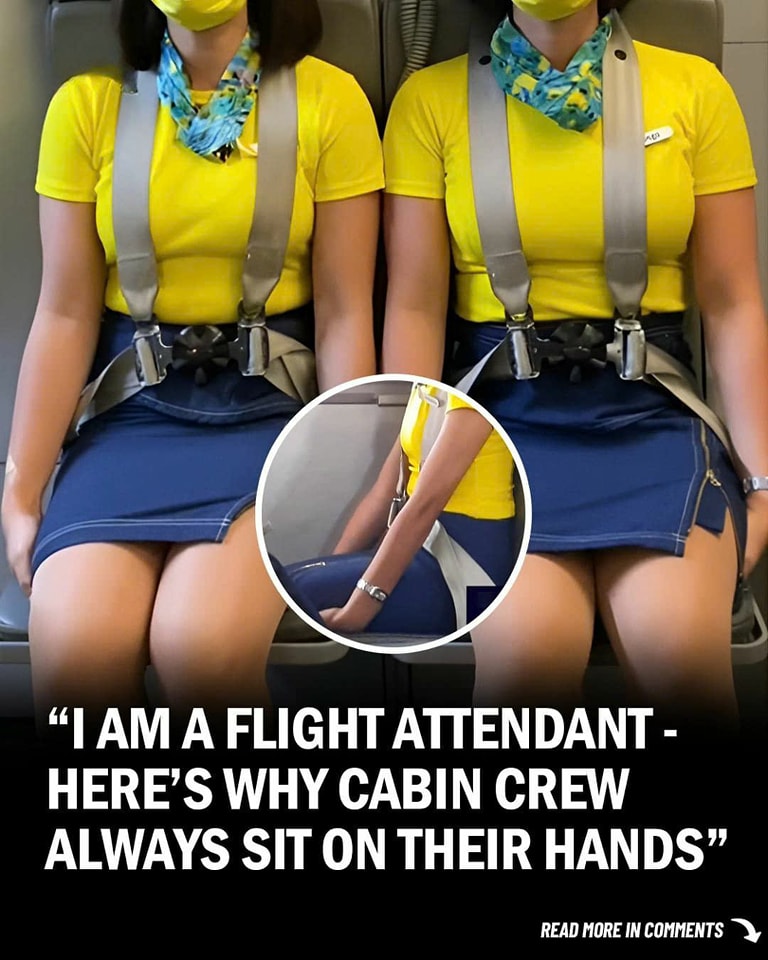In the realm of air travel, the role of flight attendants extends far beyond serving beverages and ensuring passengers’ comfort. They are trained professionals responsible for ensuring the safety and well-being of everyone on board. One seemingly peculiar practice stands out among the many procedures and protocols they adhere to—the bracing position adopted by the cabin crew during takeoff and landing.
The Bracing Position Explained by a flight attendant

When passengers observe flight attendants buckling up in their jump seats and sitting on their hands during landings, it often sparks curiosity and speculation. However, Henny Lim, a flight attendant with Cebu Pacific, explains in a viral TikTok video. There’s a method to this seemingly unusual posture.
Lim elucidates that the bracing position involves a series of specific actions. Fastening seatbelts securely, sitting upright, placing hands on thighs with thumbs tucked, keeping arms loose. And lastly, ensuring feet are flat on the floor.
Purpose of the Bracing Position

The primary objective behind the bracing position is to minimize bodily movement during potential emergencies. Thereby reducing the risk of injury upon impact. By assuming a rigid posture and securing themselves in their seats, flight attendants are better prepared to withstand the forces exerted during a crash landing.
During this period, flight attendants engage in what Lim calls a “silent review. ” Mentally preparing themselves for emergency scenarios by familiarizing themselves with emergency equipment, door operations, commands, and observing visual cues outside the aircraft.
